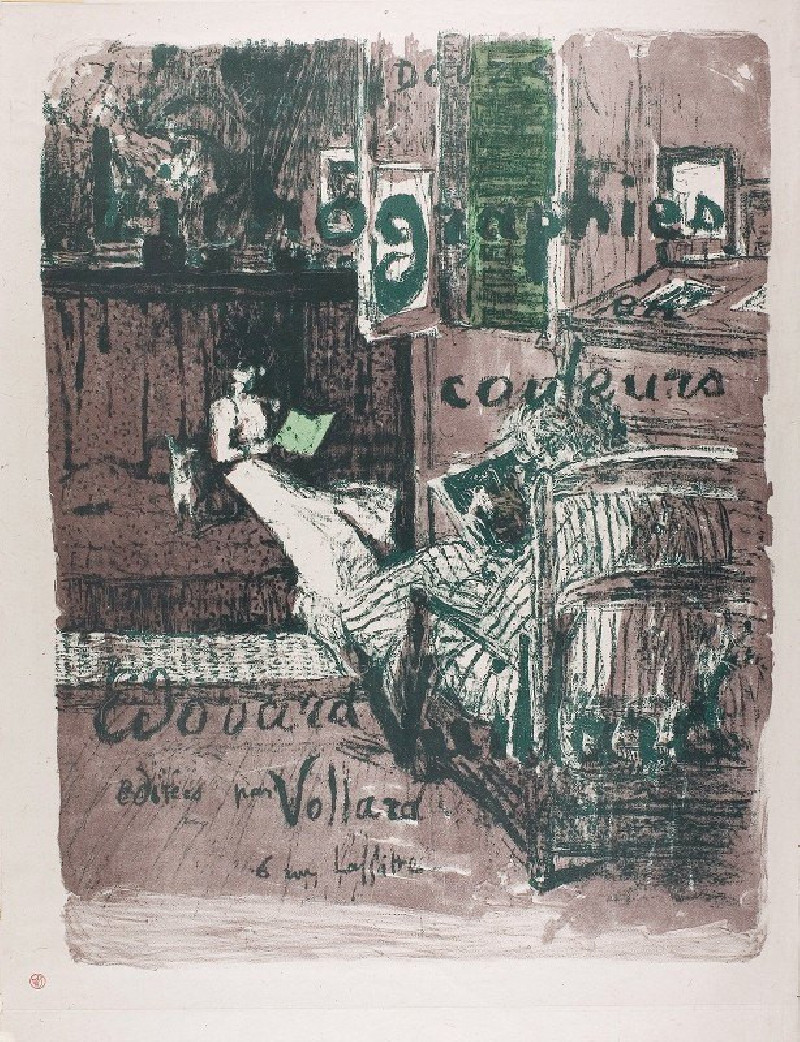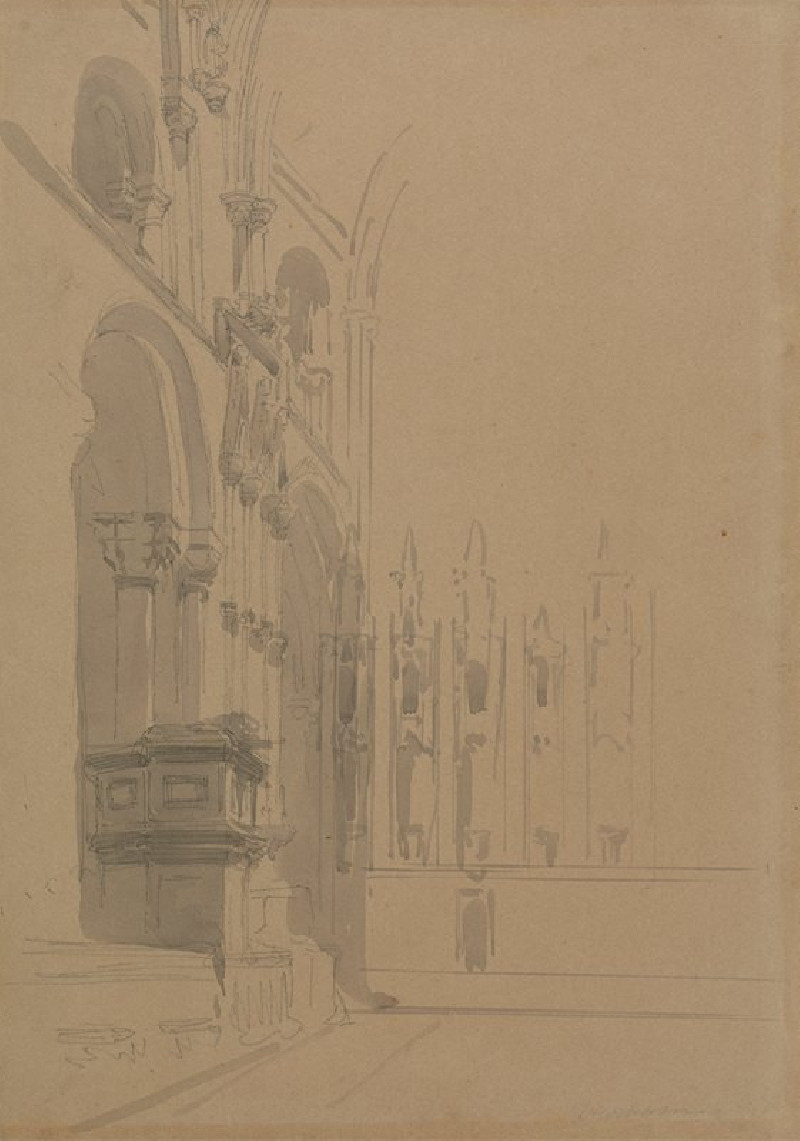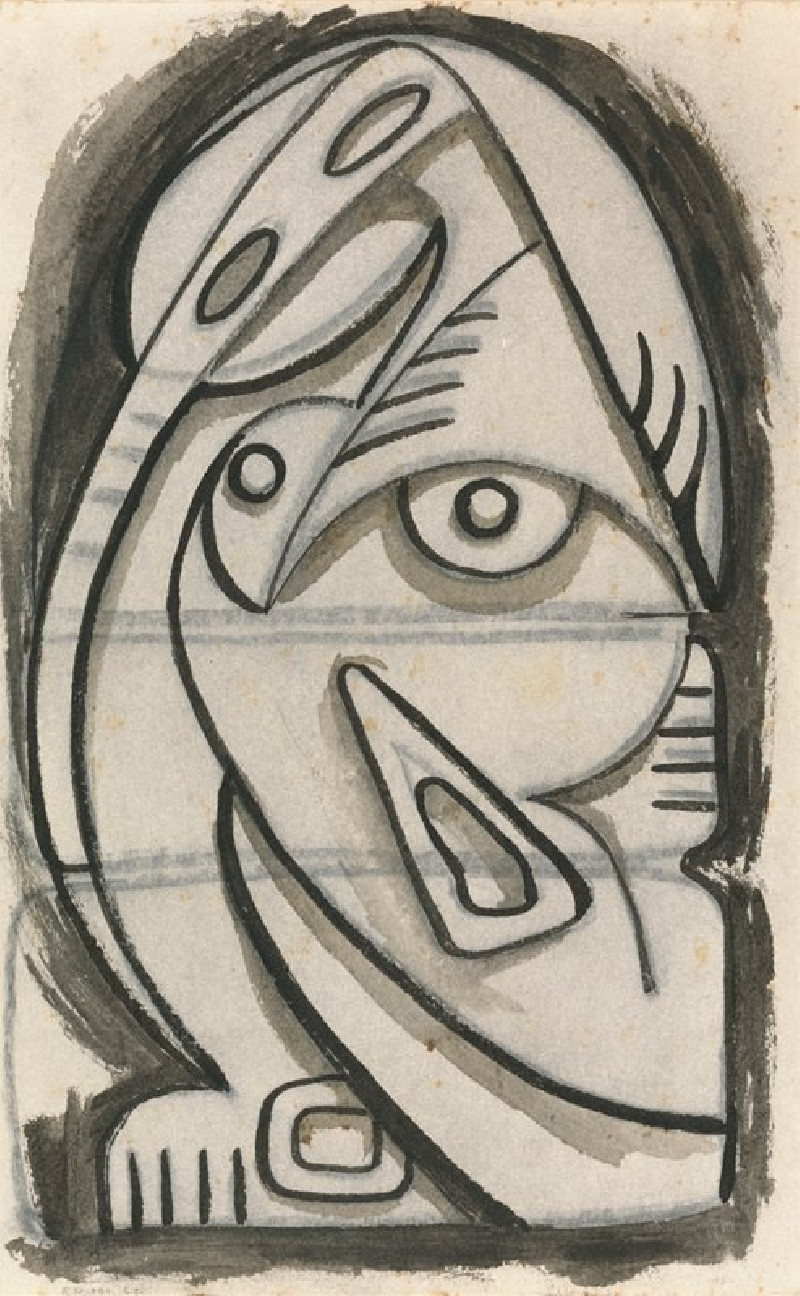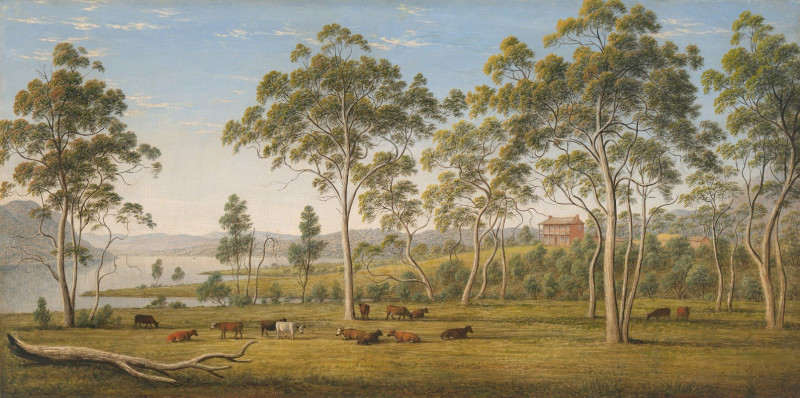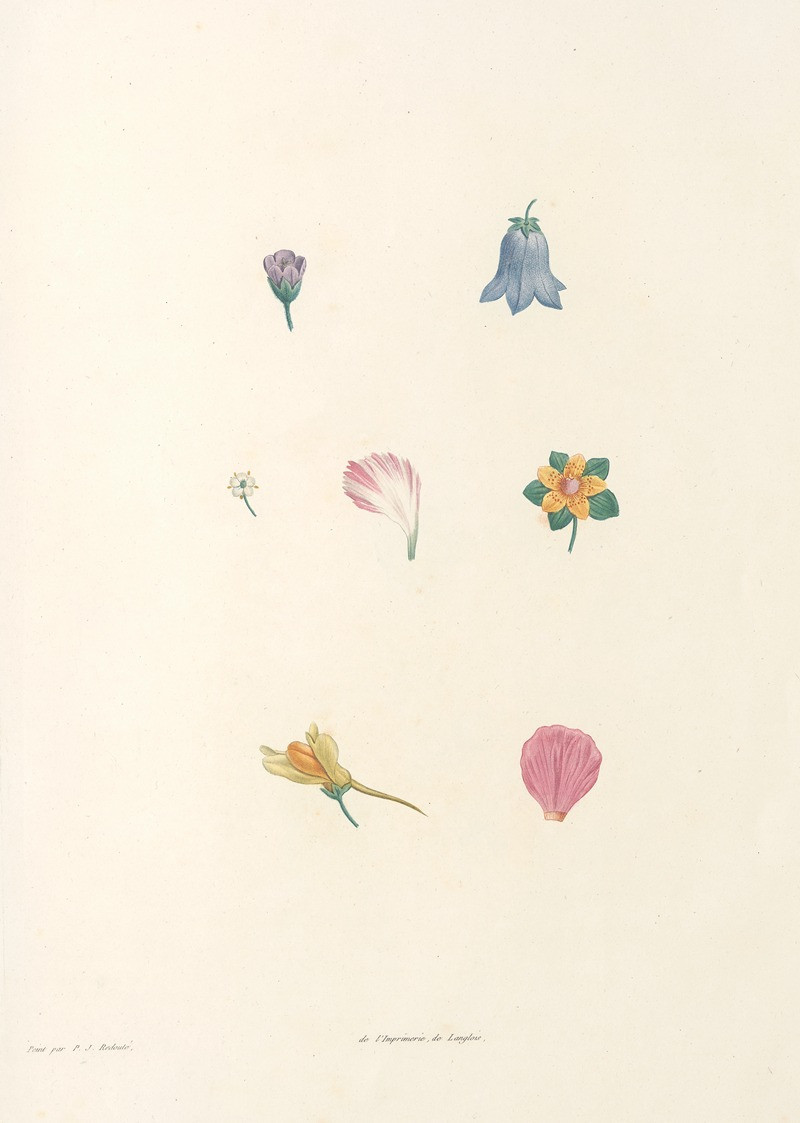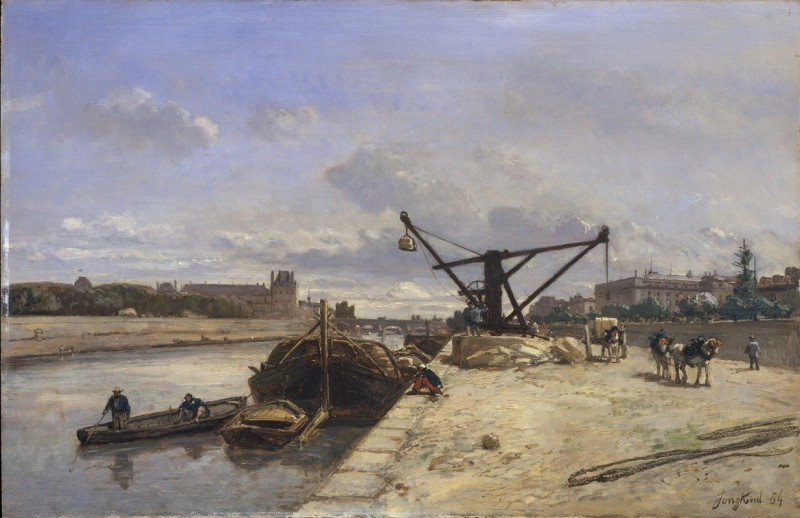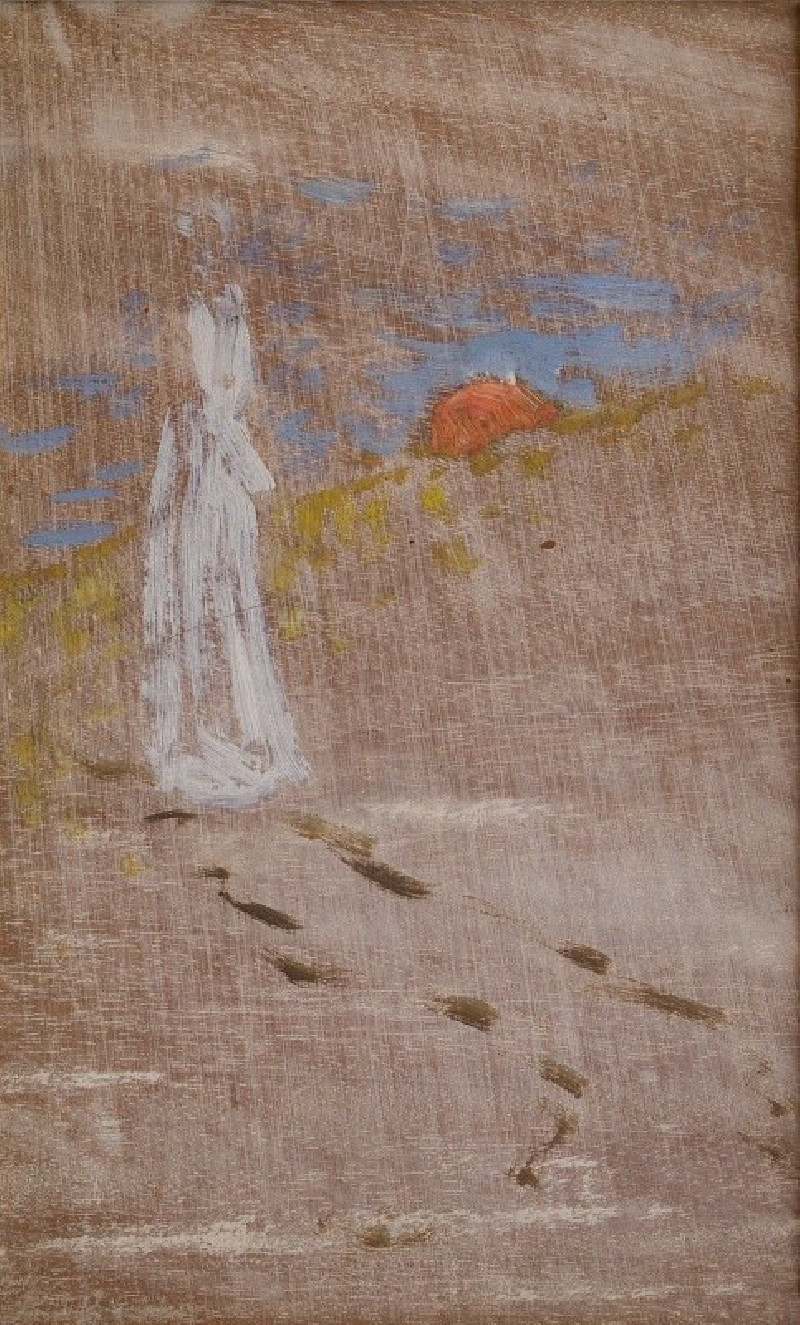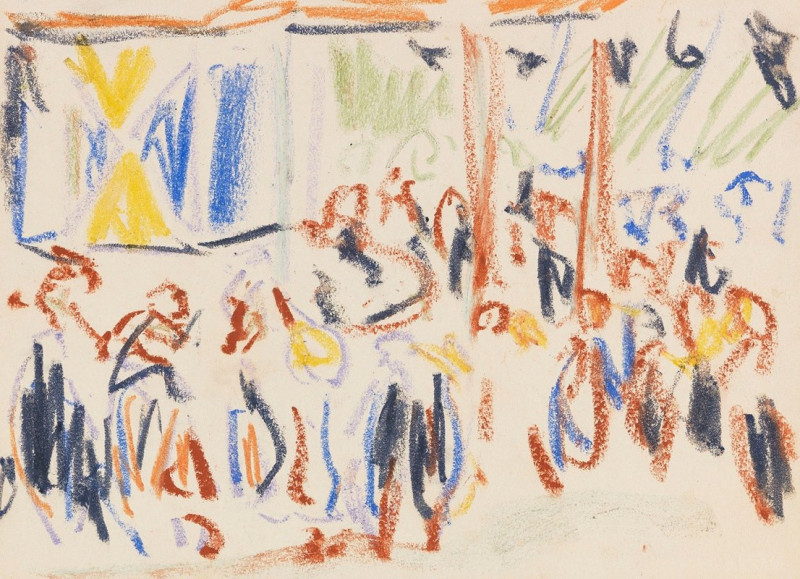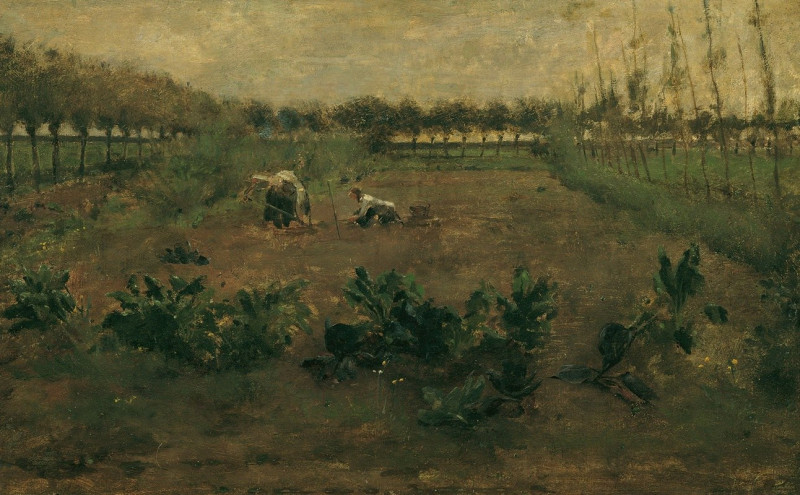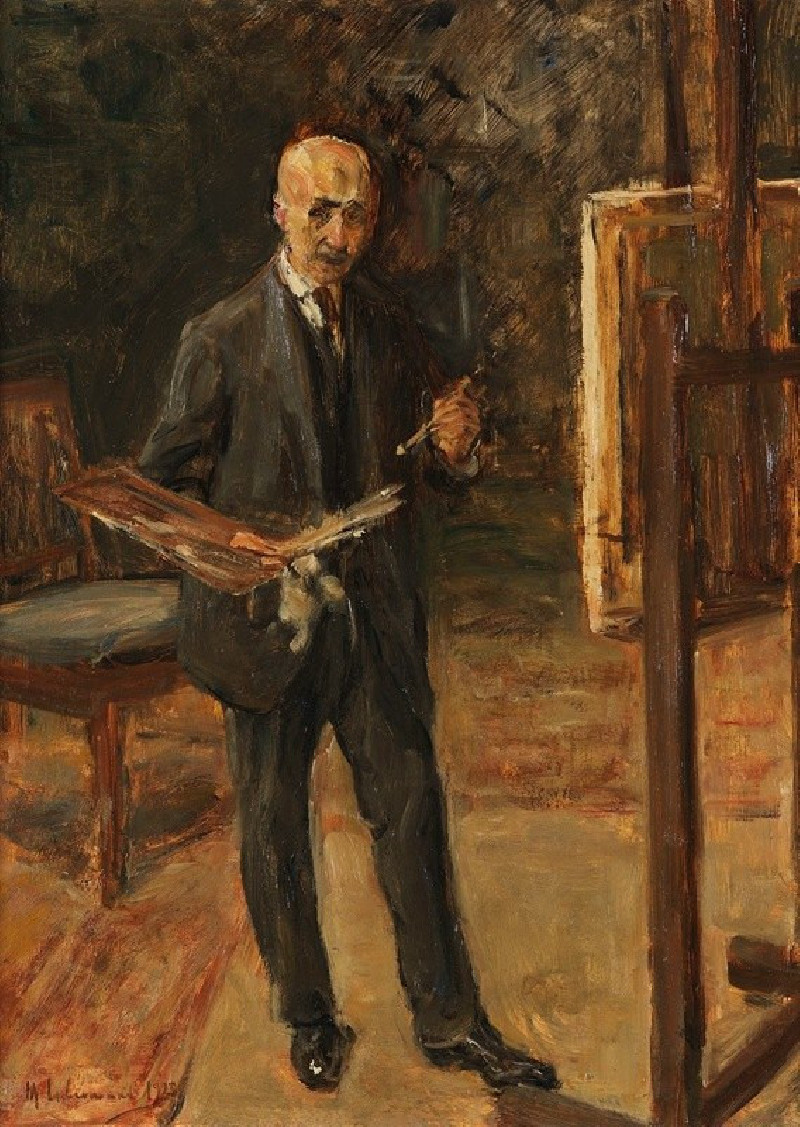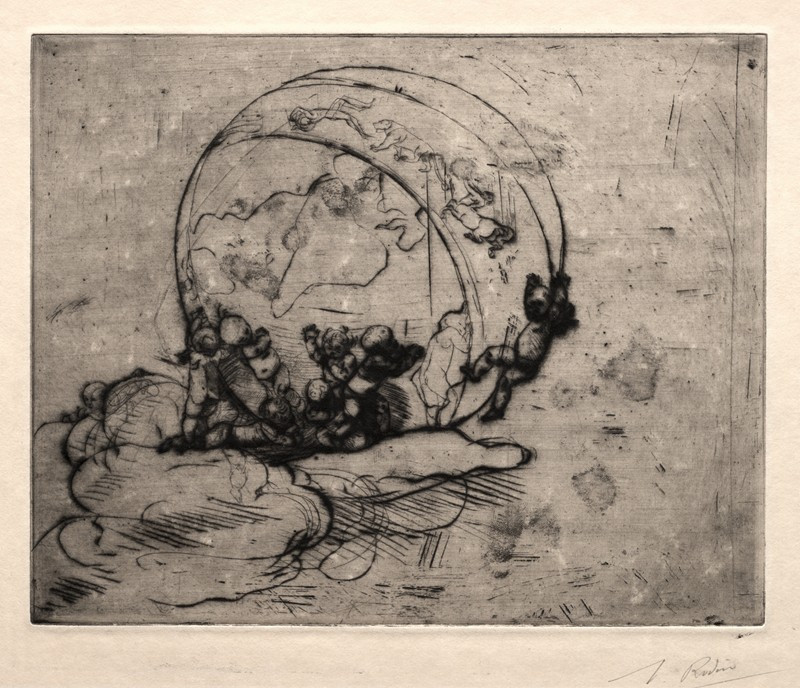Rote Erde (Red Earth) (1926)
Technique: Giclée quality print
Recommended by our customers
More about this artwork
Exhibited in our gallery is one of the unique compositions by Paul Klee, titled "Rote Erde" or "Red Earth", created in 1926. This captivating artwork is an exploration of color and texture, imbued with subtle yet powerful emotional depth.In "Rote Erde", Klee utilizes a palette dominated by reds, blues, and earth tones that meld together to form an almost abstract landscape. The patches of red in the painting can be interpreted as the rich, fertile earth which is a recurring theme in many of Klee’s works, symbolizing growth and the natural world. Contrasting these warm tones, the blues and greens may represent water and vegetation, suggesting an aerial view of a vibrant, living landscape.The technique used in this painting involves layered color applications, creating a textured effect that gives the painting a dynamic quality as if each stroke holds its own motion and life. Klee’s mastery in blending color and form results in a composition that, while abstract, evokes a sense of natural landscapes seen through a dream-like filter."Rote Erde" invites viewers to step into a world where nature and abstraction intertwine, allowing for personal interpretations and emotional responses. This painting is not only a testament to Klee's innovative spirit but also a beautiful reminder of the depth and complexity that can be achieved through simple shapes and colors.
Delivery
Returns
Paul Klee was a Swiss-born German artist. His highly individual style was influenced by movements in art that included expressionism, cubism, and surrealism. Klee was a natural draftsman who experimented with and eventually deeply explored color theory, writing about it extensively; his lectures Writings on Form and Design Theory (Schriften zur Form und Gestaltungslehre), published in English as the Paul Klee Notebooks, are held to be as important for modern art as Leonardo da Vinci's A Treatise on Painting for the Renaissance.
































